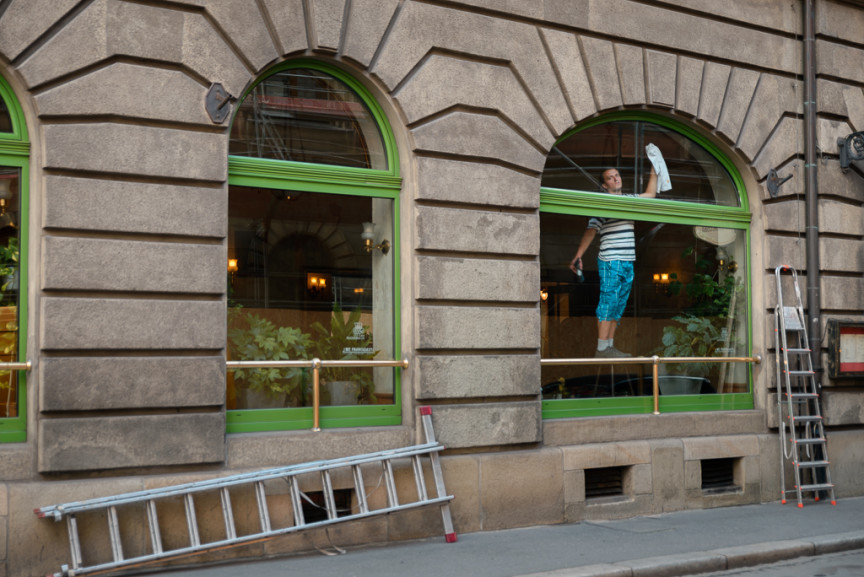Part 2 of SnappedAway In Depth Series with Robert Rutöd. We talk about stories, interactions and setting boundaries.
Can you briefly introduce yourself and your photography style to our readers?
I am a photographer and filmmaker from Vienna. In my work I shed light on the paradox that is the human race with its sometimes tragicomic facets.
How did you get interested in photography? And why did you pick photography as a medium and a form of expression?
It was discovering the photographs by painter René Magritte and writer Paul Nougé at age 16, 17 that showed me the possibilities of photography. Inspired by their works, I staged my first photographs but soon I was looking for my motifs on the street and wanted to keep the staging to film making. I only started to get interested in the history of photography years later.
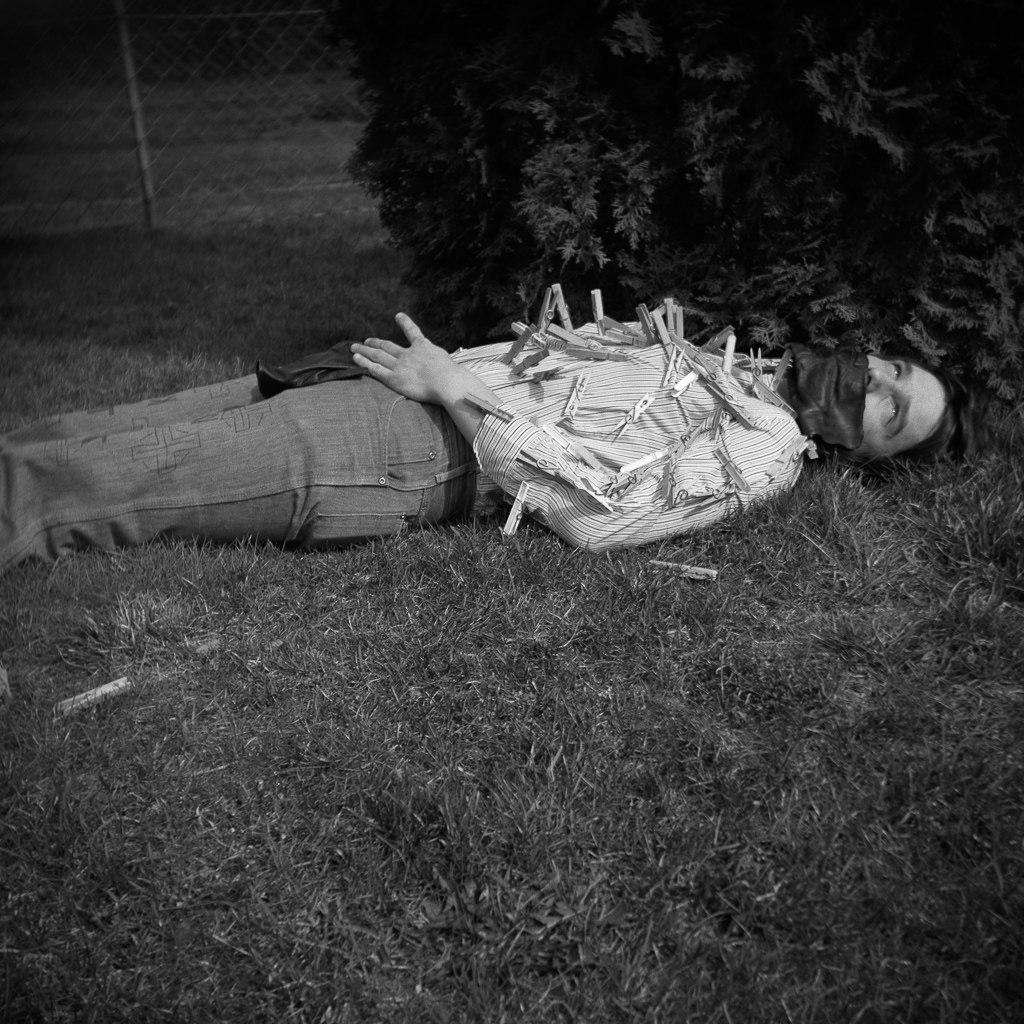
How did you learn how to shoot? And what did you find the most helpful source of information along this way?
Learning the craft of photography itself was not a very big challenge. If, like me, you value image composition, there are many sources from painting, photography, and also graphic design that are helpful. The real challenge in photography, in my opinion, is learning to see, learning how to tap into your own very personal view of the world. When I was thirteen, Edgar Allen Poe sharpened my sense of the macabre and later Daniil Charms thrilled me with his strange stories. I love the films of Luis Buñuel, Roman Polański, and the Coen brothers, the lyrics of Tom Waits, the caricatures of Manfred Deix, the animations of Jan Švankmajer… The list could go on and on. What stands out is that are hardly any photographers on it.
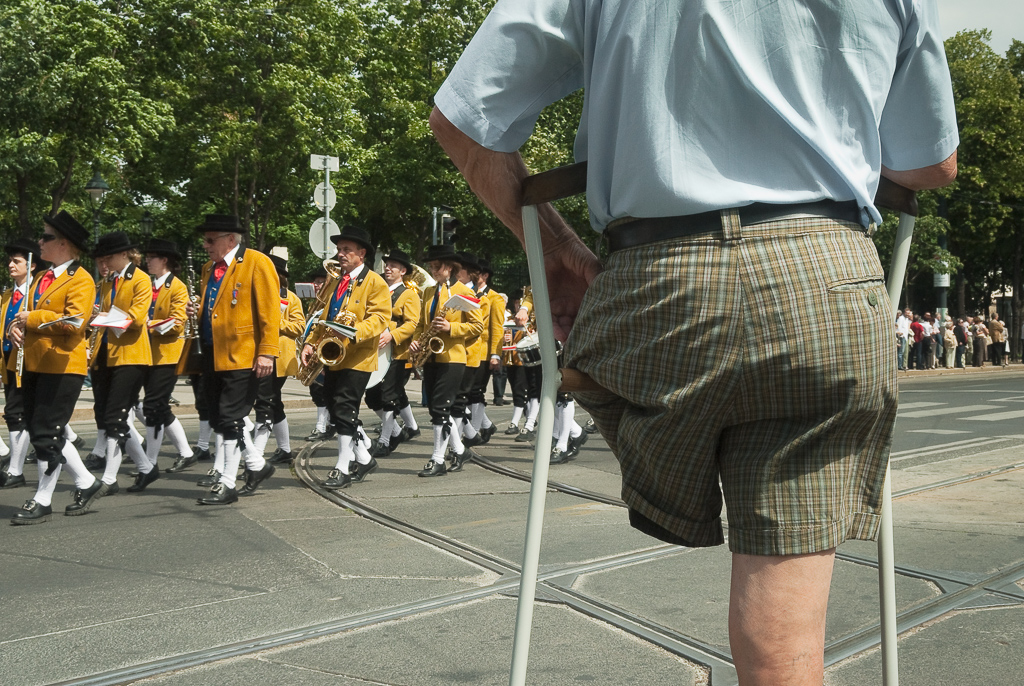
How about your photography style? Can you describe your journey to where you are right now?
Style is not something that I consciously work on. It’s something that has emerged more or less by itself over the years, sort of like handwriting: you write how you’re going to write. I try to set up my photos so that elements important for the image are quickly and clearly perceptible, almost like in a simple pencil sketch, and unimportant elements remain outside the picture. Easier said than done, I’m afraid, and it’s sometimes resulted in failed images, because, for example, some person simply refused to move out of frame.
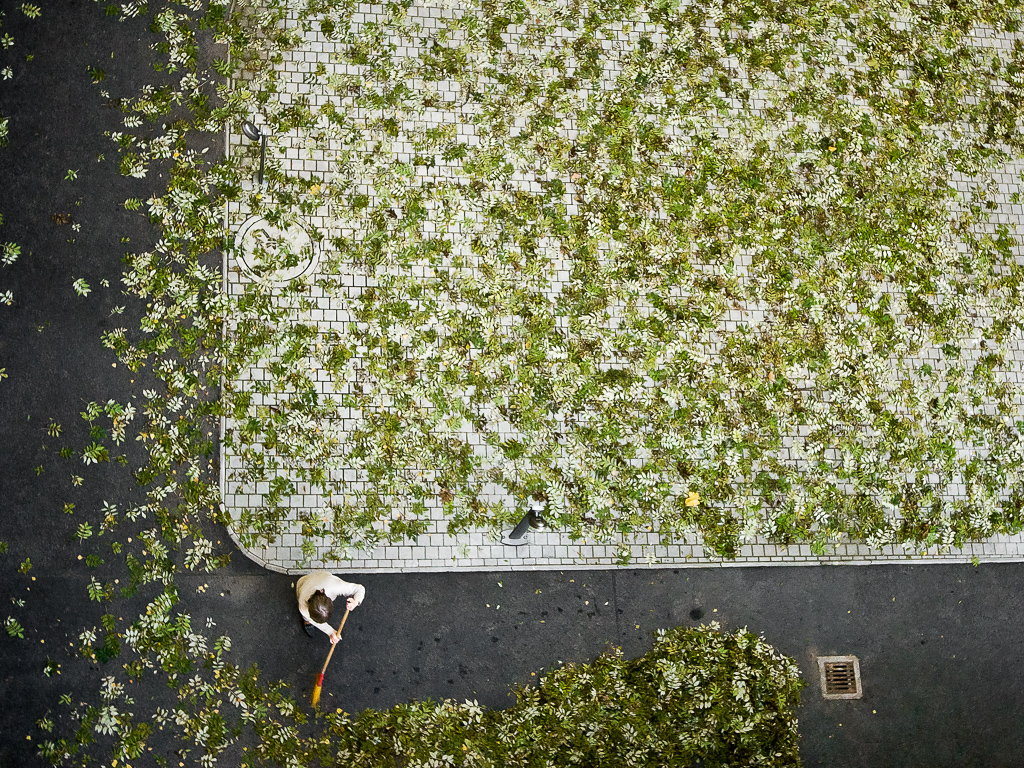
How do you work? Are you after a specific project or a single frame? Do you come with idea first or the idea finds you when you are shooting? How do you find your project ideas? Please share your work flow with us.
What sets the photographic medium apart, in my opinion, is the single image that draws its power from what is shown and doesn’t need guidance on how to understand or interpret it. Many a bored hipster curator or gallery owner might see the future of photography as a melting pot of images, writing, drawing, and all kinds of froufrou like feathers or tree branches. What a mistake!
The ideas for my photos are always spur-of-the-moment because my photographs are not staged or posed. I see my work as a collection of individual images that happen to have been published together under a specific title, usually as a book.
In recent years, there have been a lot of workshops offered where insecure photographers will sometimes pay large sums to have an expert help them select the images for a certain project or arrange the images into an order for presentation. The problem is that if you have ten expert consultants, you’ll get ten different projects, but never your own. Why not just use the director’s cut?
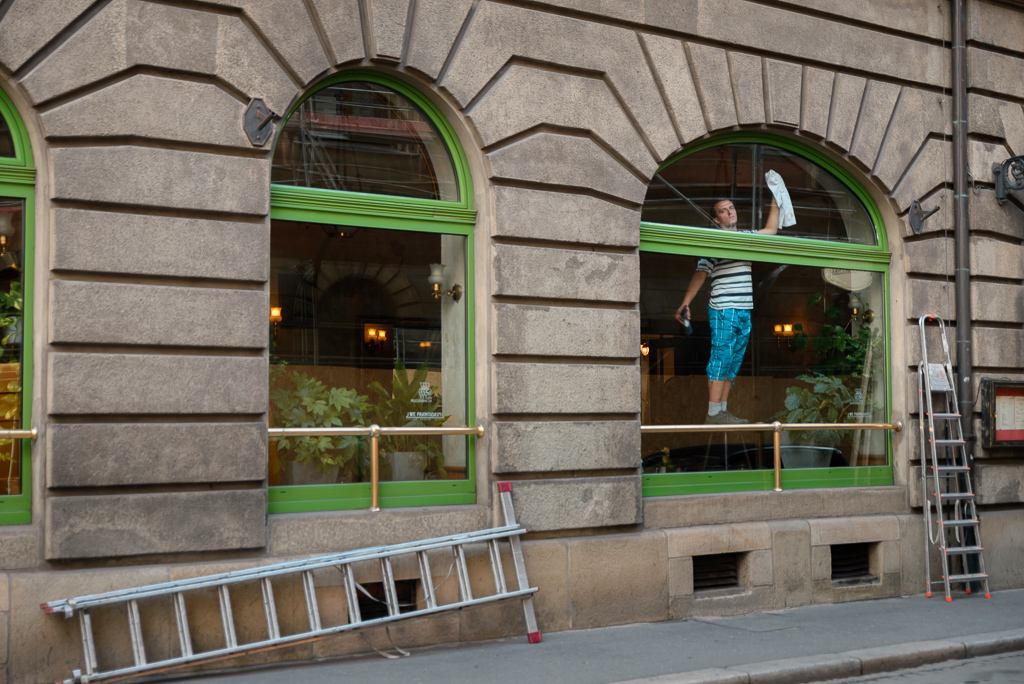
What is your favourite or memorable project/ photo you have worked on. Why? And also what is the project you will share with us?
“As beautiful as the chance encounter of a sewing machine and an umbrella on an operating table” is the famous phrase uttered by the poet Comte de Lautréamont that’s often cited in connection with surrealist poetry. He probably would have liked this scene that I experienced in a fashion show for undertakers a few years ago: in walked four men in black uniform, flanked by two blondes, carrying a coffin down the catwalk to the sounds of Mambo No. 5 by Lou Bega blaring from the speakers. Fantastic!
What do you personally find challenging as a photographer?
One challenge is being able to look at the world with a fresh eye and to exercise a healthy bit of criticism against my own work. I hope I’m successful at it.
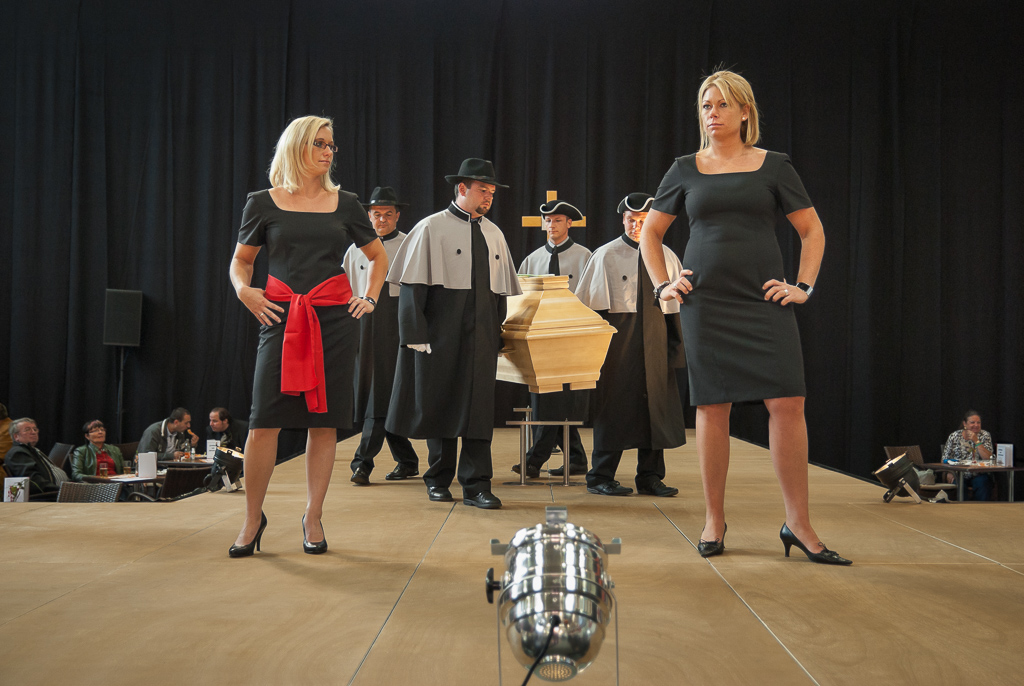
Do you have your favourite lens? Why this specific one? Favourite camera?
Nothing special: a sharp lens, a rugged camera, recently with two memory card slots just for back-up.
If you enjoyed reading this post stay with us for more of Robert Rutöd’s photography. Also you might want to check his website to find out more about his work.
Share this Post
Recent Posts

